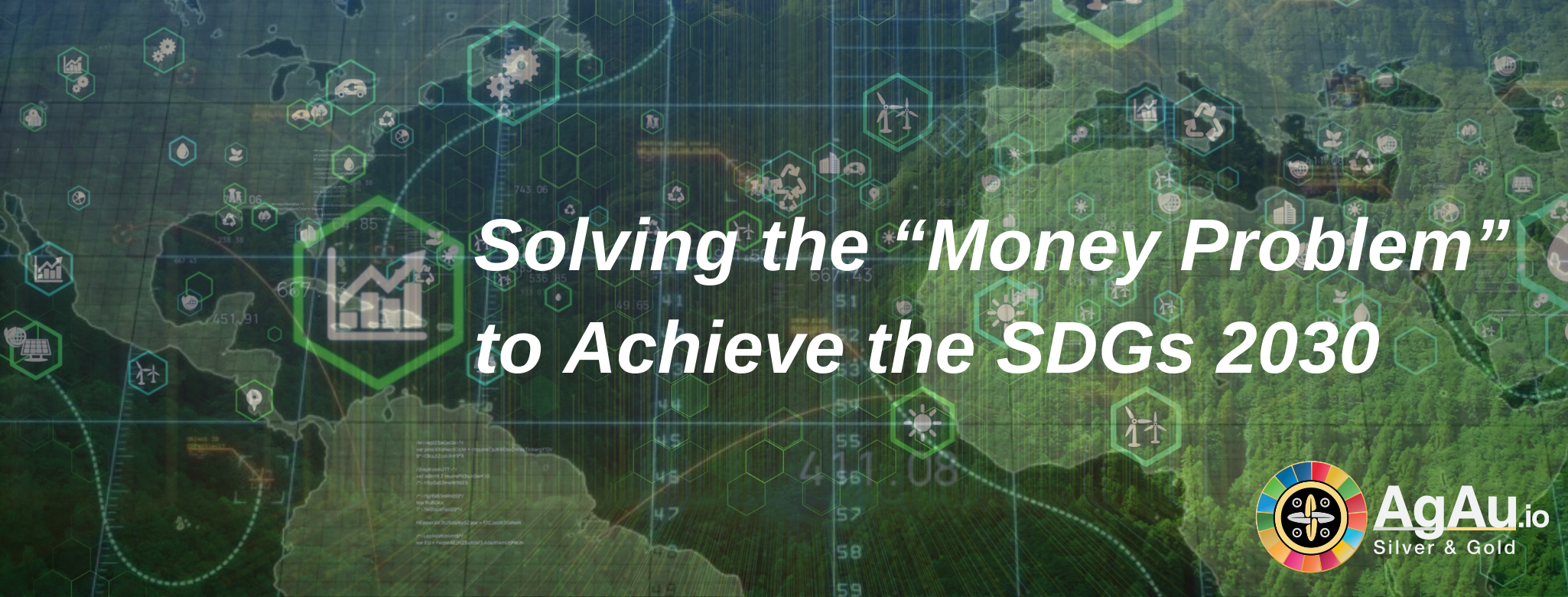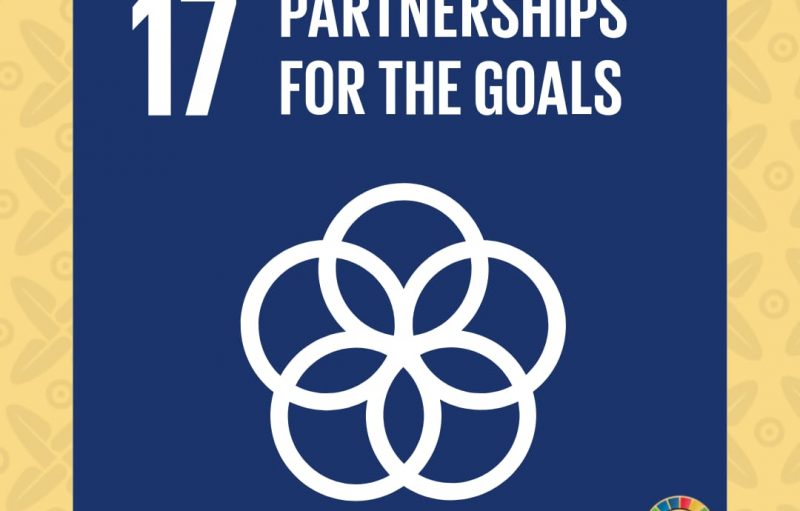Technology is a key enabler for many sustainability issues, including the development of positive behavioral changes and stimulating sustainable economic growth. Another crucial component of sustainable economic growth is a resilient and inclusive monetary system. No fiat currency has been able to last three generations without going out of existence or depreciating at least 90% against gold. The setback of low-quality money is even more profound in less developed countries. We cannot achieve sustainable development goals unless we ease access to innovations and solve “the money problem” in the country with the most challenging economies.
Today the ever-shifting and evolving innovations sector has disclosed to us the power of Blockchain technologies or distributed ledger technologies combined with the Internet of Things (IoT) and Smart Contracts. These technological advancements increase efficiency in business processes by lowering costs and increase speed within a trusted, transparent, and secure system. The global payment system is going through multiple improvements that are easing everyone’s access to financial services. However, over 1.7 billion people around the world still lack access to the financial system.
Moreover, the World Bank Group’s report on Poverty and Shared Prosperity 2020: Reversals of Fortune, state that “under the COVID-19-baseline scenario, 6.7 percent of the global population will live under the international poverty line in 2030, compared with the target level of 3 percent.” It is crucial to acknowledge that the first step towards ending poverty and reducing inequalities shall be to establish a solid ground base for the global financial system. The fiat currency system has failed as money since it has failed as a store of value. Sound money is a necessary condition for wealth creation.
What is sound money? According to its definition, sound money is not liable to sudden appreciation or depreciation in value; stable money in other words. More specifically, it is a currency based on or redeemable in gold. From Ancient Mesopotamia, Egyptian, Greek, to Aztec, and Mayan civilizations all have agreed upon the same conclusion: Gold is Money. Today, the Bank for International Settlement (BIS) recognizes central banks’ holdings of physical gold as a reserve asset equal to cash. It means that gold is accounted for 100 percent as Tier 1 Capital. It is important to mention that allocated physical gold is the only form of money that does not represent a liability. If there were to be a great default event that would jeopardize the entire financial system, those holding physical gold would most likely be able to benefit. That is why gold is perceived as a natural hedge against a systemic collapse.
Now think of this, what if we combine the innovations of today with historically proven money that can ensure prosperous economic development even in the most challenging parts of the world…
Check out AgAu For SDGs and learn more on how can we speed up the achievement of Sustainable Development Goals together!







